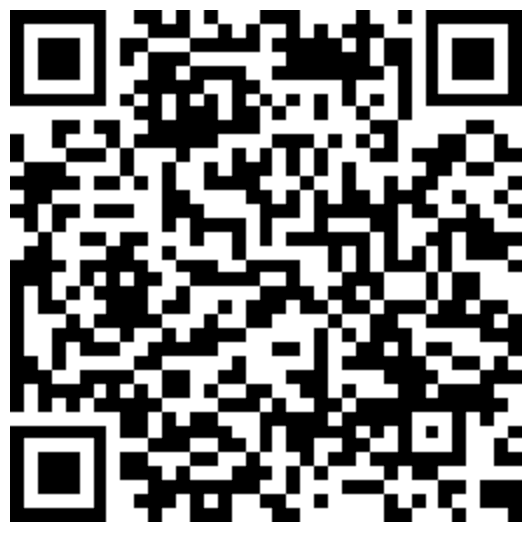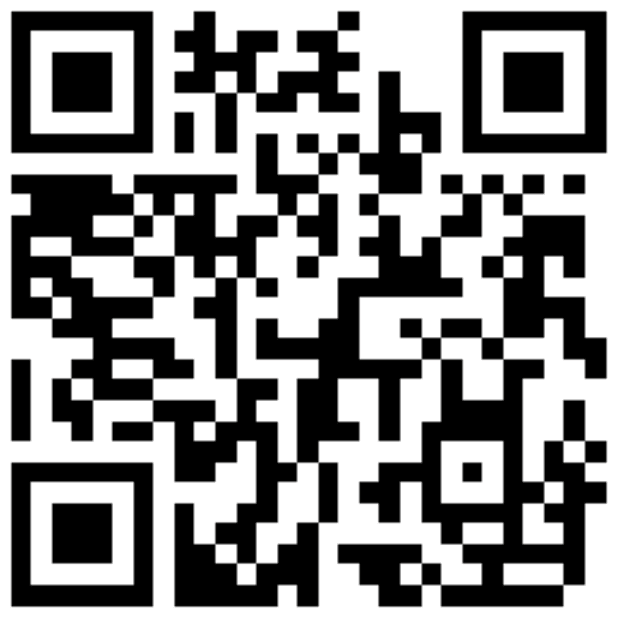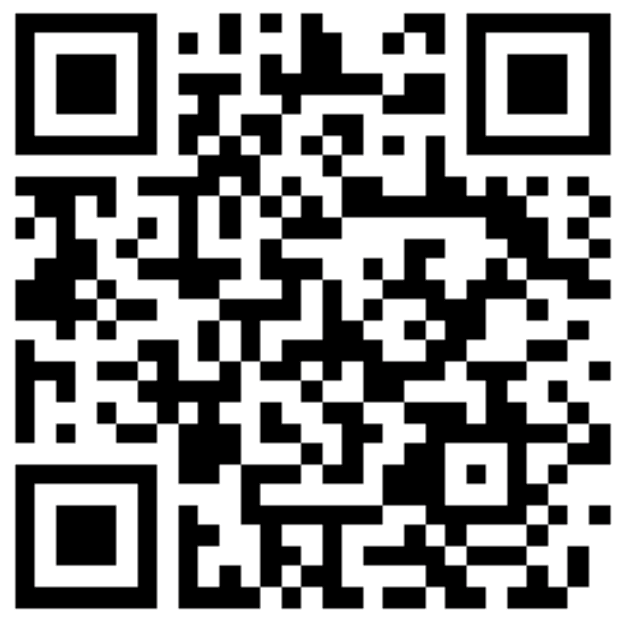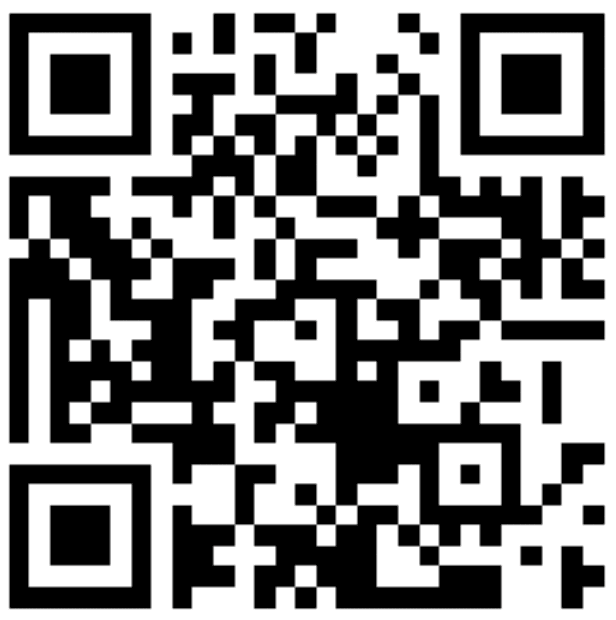Pursuing the meaningful but long-term work in the sustainability field can be a difficult journey. Grit — perseverance and passion — can help us push through adversity, but grit alone isn’t nearly enough to master sustainability’s long haul.
Here’s some good news: Even if grit is not your greatest strength, you still can apply a variety of self-management strategies to help you persevere most effectively through thick and thin.
Self-management — the art and science of choosing and pursuing your goals effectively — deserves much higher priority than most of us give it. What approaches can you take to move your sustainability efforts forward, smartly and consistently over time?
Perseverance for long-term goals
Persevere thoughtfully. Perseverance, of course, plays a role in reaching long-term goals, such as sustainability. But there are crucial differences between intensely focused, exhausting stick-to-it-iveness and adapting along the way with new and well-chosen strategies and tactics. The key to persisting over time on challenging tasks isn’t to tough it out like a bee slamming against the window. Rather, it’s to periodically and systematically explore your many options and to know when and how to make course corrections, especially given the changing nature of the field and your work.
Vanderbilt’s Bruce Barry and I investigated the strategies and thought processes that helped working professionals who were pursuing challenging goals with extremely long-time horizons. Like sustainability professionals, our study participants were uncertain whether they would achieve their biggest goals in their own lifetimes, or even whether anyone would accomplish them. We found four actionable themes that provided motivational sustenance and satisfaction over the years.
Two of the four themes involved envisioning the possible long-term futures they were working to create. The professionals thought and talked about the many personal and professional benefits they would gain. They also considered often what their accomplishments ultimately could mean for others, both individually and for the larger society.
The other two themes involved realizing the more immediate, near-term, positive consequences of their work. One was finding or developing a deep interest in the task itself (intrinsic motivation, often through learning and discovering new things). The second was a wide variety of other gratifications, including collaborating with others on meaningful work and receiving appreciation and other positive feedback from other people.
Both progress and setbacks have this in common
Use both progress and setbacks as catalysts. Intuitively, it would seem that making progress is reinforcing and motivating, whereas plateauing or backsliding is discouraging and demotivating. But the reality is far more complicated. A person, team or organization that takes even just a single step in the right direction can feel good and then relax, failing to continue the progress. The reasoning — conscious or unconscious — is, we’ve done our part, we can tell a good story, now we can deal with other things. The opposite occurrence — a failure, setback or reversal — can be debilitating, leading to the same demotivating result.
So neither progress nor setback works automatically in one direction or the other. You can identify your (and your bosses’, colleagues’ and organizations’) default reactions after successes and setbacks, and then consciously apply slower, deliberative, “thoughtful thinking” to generate the most constructive next steps.
Framing problems as opportunities is a very productive tactic; this is not a cliché, but very true. Other constructive tactics are to view setbacks as possible reasons to change strategies, and successes as plus reason for hope and continued effort. Viewing success as progress can cause people to relax, to withdraw their efforts; it’s better to view successes as evidence of your genuine commitment to accomplishing longer-term goals (PDF). Take time to deal with your emotions productively, but also plan strategically in order to start tackling the next challenge. Use the healthy combination of worry plus hope, and throw in new and renewed activity.
Adapt, lead, learn
Adaptively lead and learn. Leadership in a strong sustainability culture is not rigidly top-down; it emerges and morphs as needed from every level and every corner of the organization. For you as a change leader, it is OK that you don’t have all the answers. You can try new things, learn along the way and adjust strategies and tactics over time as new information arrives and good ideas appear.
Laurence Tubiana described this mindset, process and potential impact in her description of December’s COP24 conference in Poland: “We embraced a theory of change that encourages progressive discovery and exploration of the possible. The transition to a green economy must necessarily be framed as a learning exercise based on social and political experimentation … By taking things step by step, progress will be made, and expectations will slowly change. Eventually, what once seemed impossible will suddenly feel within reach.”
A learning mindset is key to adaptive leadership. Fully use what you know, while also exploring for new knowledge for every possible avenue. What is your core expertise and what are your employer’s core strengths? How can you leverage them in the sustainability domain? What new ideas and developments open up new possibilities?
Customize your T
Become a T-shaped professional. T-shaped professionals assess the depth of their knowledge in a primary subject-matter expertise (the vertical line of a T) plus their breadth of knowledge across multiple domains (the horizontal). People can customize their own Ts; everyone can determine what shape they want their T to take.
In our world of specialization, many of us have a longer and stronger vertical than horizontal component. However, sustainability work is multidimensional, interdisciplinary and systems-based. Consequently, it is likely to demand and benefit most from continually expanding the horizontal breadth of individuals, teams and organizations. We can do so by acquiring new knowledge of other functions and disciplines, as well as by strengthening our abilities to work productively with people in different silos.
Enhancing flourishing
Actualize human flourishing. “Human flourishing” is a concept that takes psychologist Abraham Maslow’s long-ago work on self-actualization to the next level. Our collective sustainability efforts reduce suffering and enhance flourishing, both human and beyond. Moreover, sustainability — the work itself, and its impact — can contribute directly to the personal flourishing of those who engage in it.
Cambridge University psychologist Brian Little’s decades-long research also offers valuable big-picture lessons. In Little’s words, “What if we thought of human flourishing as well-doing?” Let’s change our goals and attention, he suggests, “from happiness and well-being to the activity that creates such states.”
Flourishing emerges from the pursuit of core projects in one’s life. We can choose our core projects, which are most sustainable when they provide purpose, meaningfulness and vital direction to our personal and/or professional lives.
A useful, even crucial question to ask about personal projects is “Who cares?” For our collective sustainability projects, everyone is affected and either care deeply or have descendants who will.
Pulling these tips together, a just-published sustainability study identified thousands of tactics across 102 corporate adaptation strategies. The variety of options is exciting: for instance, cross-sector collaborations, new partnership models that share costs and expertise and shared broad objectives such as improving nature directly in targeted domains. Improving nature directly is one of many low-cost, high-impact strategies that are particularly forward-looking, comprehensive and capable of making the profound, non-incremental differences that we need. And, greatly in need of more leaders.
The concluding point is this: We have a never-ending supply of possibilities for envisioning and enacting more sustainable futures, and for changing our own work in ways that add variety, interest, new learning, bigger impacts, and both breadth and depth, professionally and personally. If you keep asking yourself how you’d like your T, you’ll keep growing, developing and contributing through time.
Source: GreenBiz








